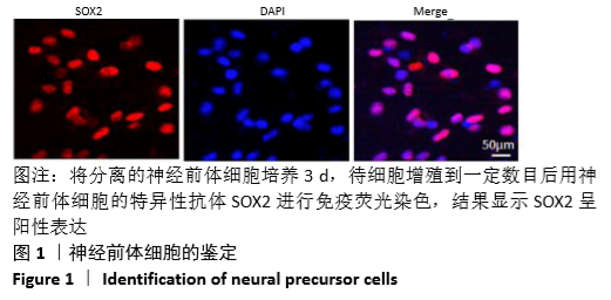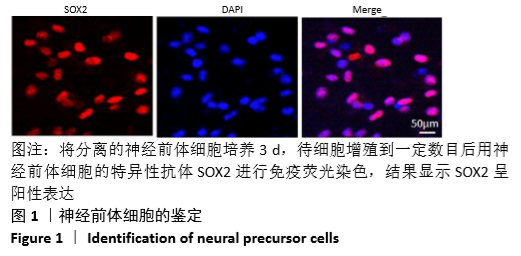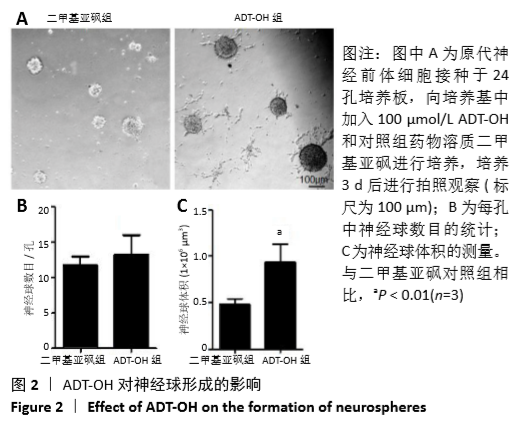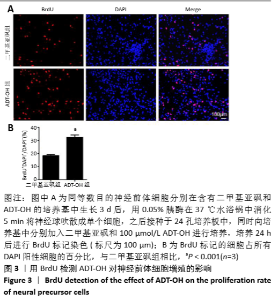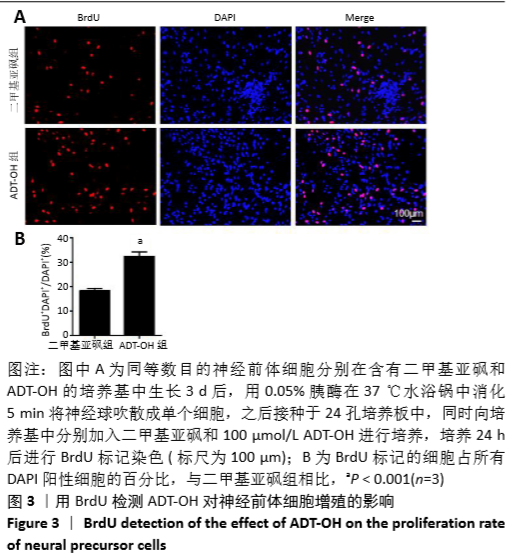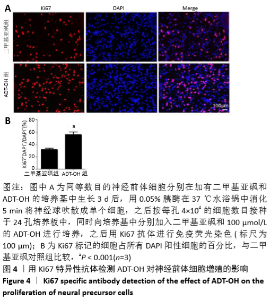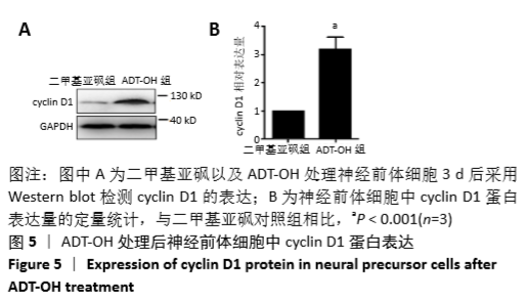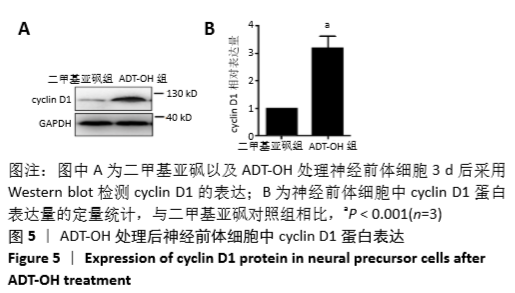[1] GUILLEMOT F. Cell fate specification in the mammalian telencephalon. Prog Neurobiol. 2007;83(1):37-52.
[2] GUILLEMOT F, MOLNÁR Z, TARABYKIN V, et al. Molecular mechanisms of cortical differentiation. Eur J Neurosci. 2006;23(4):857-868.
[3] TEMPLE S. The development of neural stem cells. Nature. 2001; 414(6859): 112-117.
[4] LIU HK, WANG Y, BELZ T, et al. The nuclear receptor tailless induces long-term neural stem cell expansion and brain tumor initiation. Genes Dev. 2010;24(7):683-695.
[5] REIF A, FRITZEN S, FINGER M, et al. Neural stem cell proliferation is decreased in schizophrenia, but not in depression. Mol Psychiatry. 2006;11(5):514-522.
[6] EISCH AJ, PETRIK D. Depression and hippocampal neurogenesis: a road to remission? Science. 2012;338(6103):72-75.
[7] MA QH, FUTAGAWA T, YANG WL, et al. A TAG1-APP signalling pathway through Fe65 negatively modulates neurogenesis. Nat Cell Biol. 2008; 10(3): 283-294.
[8] TAUPIN P. Neurogenesis and Alzheimer’s disease. Drug Target Insights. 2006;1:1-4.
[9] KIMURA Y, KIMURA H. Hydrogen sulfide protects neurons from oxidative stress. FASEB J. 2004;18(10):1165-1167.
[10] ETO K, OGASAWARA M, UMEMURA K, et al. Hydrogen sulfide is produced in response to neuronal excitation. J Neurosci. 2002;22(9): 3386-3391.
[11] LIU D, WANG Z, ZHAN J, et al. Hydrogen sulfide promotes proliferation and neuronal differentiation of neural stem cells and protects hypoxia-induced decrease in hippocampal neurogenesis. Pharmacol Biochem Behav. 2014;116:55-63.
[12] MOORE KP. EP03 Therapeutic outlook for hydrogen sulfide donors. Nitric Oxide. 2013; 31(2): S18-S19.
[13] JIA J, XIAO Y, WANG W, et al. Differential mechanisms underlying neuroprotection of hydrogen sulfide donors against oxidative stress. Neurochem Int. 2013;62(8):1072-1078.
[14] KING KL, CIDLOWSKI JA. Cell cycle and apoptosis: common pathways to life and death. J Cell Biochem. 1995;58(2):175-180.
[15] HOFBAUER LC, MAISCH B, SCHAEFER JR. High bone density due to a mutation in LDL-receptor-related protein 5. N Engl J Med. 2002; 347(12):943-944.
[16] NIGG EA. Mitotic kinases as regulators of cell division and its checkpoints. Nat Rev Mol Cell Biol. 2001;2(1):21-32.
[17] KOLLURU GK, SHEN X, BIR SC, et al. Hydrogen sulfide chemical biology: pathophysiological roles and detection. Nitric Oxide. 2013;35:5-20.
[18] CALIENDO G, CIRINO G, SANTAGADA V, et al. Synthesis and biological effects of hydrogen sulfide (H2S): development of H2S-releasing drugs as pharmaceuticals. J Med Chem. 2010;53(17):6275-6286.
[19] LEE M, SPARATORE A, DEL SOLDATO P, et al. Hydrogen sulfide-releasing NSAIDs attenuate neuroinflammation induced by microglial and astrocytic activation. Glia. 2010;58(1):103-113.
[20] TABASSUM R, JEONG NY, JUNG J. Therapeutic importance of hydrogen sulfide in age-associated neurodegenerative diseases. Neural Regen Res. 2020;15(4):653-662.
[21] KARWI QG, BORNBAUM J, BOENGLER K, et al. AP39, a mitochondria-targeting hydrogen sulfide (H2 S) donor, protects against myocardial reperfusion injury independently of salvage kinase signalling. Br J Pharmacol. 2017;174(4):287-301.
[22] 刘洋.硫化氢供体脑缺血后促进神经功能修复的作用及机制研究[D].苏州:苏州大学,2015.
[23] ZHUANG Y, MISKIMINS WK. Cell cycle arrest in Metformin treated breast cancer cells involves activation of AMPK, downregulation of cyclin D1, and requires p27Kip1 or p21Cip1. J Mol Signal. 2008;3:18.
[24] YAN X, WU H, WU Z, et al. The New Synthetic H2S-Releasing SDSS Protects MC3T3-E1 Osteoblasts against H2O2-Induced Apoptosis by Suppressing Oxidative Stress, Inhibiting MAPKs, and Activating the PI3K/Akt Pathway. Front Pharmacol. 2017;8:7.
[25] BIAN JS. Antioxidant effect of a novel synthetic hydrogen sulfide releasing Danshensu derivative and its clinical implications[J].中国药理学与毒理学杂志,2018,32(4): 273-274.
[26] 李玉姚,宋恒,程坚,等.硫化氢供体型ADT-OH衍生物的合成及其活性[J].中国药科大学学报,2017,48(3):276-281. |
